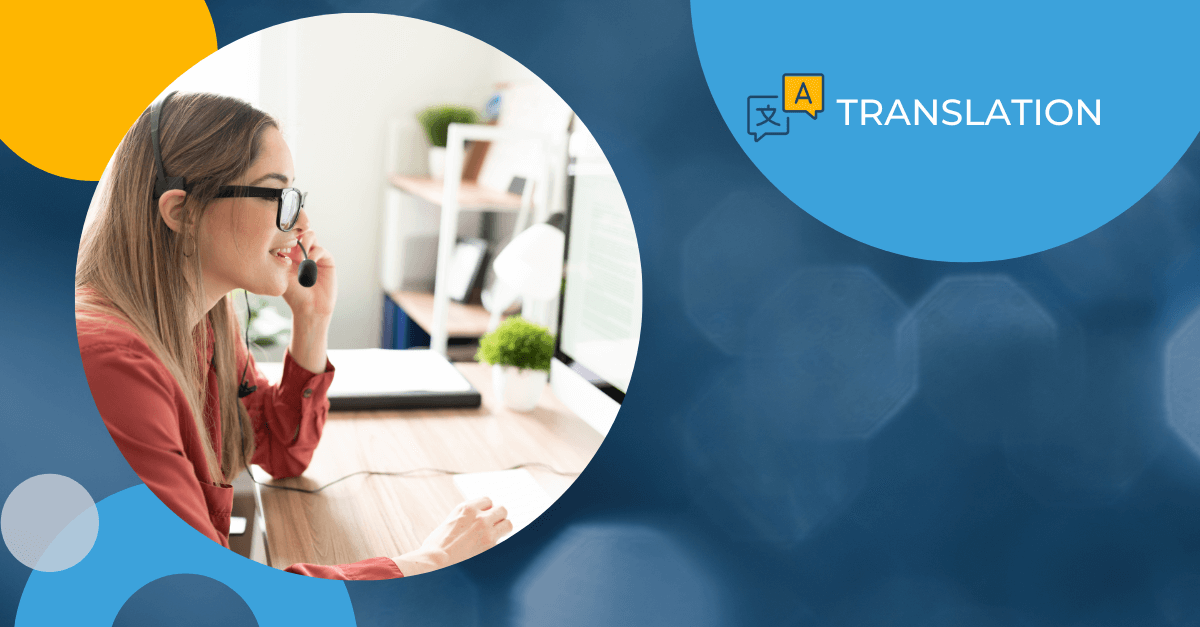In today’s globalized market, the accuracy and quality of your translations can make or break your brand’s reputation. Whether expanding into a new territory or refining your messaging for diverse audiences, precision in document translation is not merely a box to check but a critical component of your market strategy. A flawless translation ensures that your message resonates, maintains the professionalism of your brand, and paves the way for successful international expansion.
We understand the complexities you face as you prepare to enter new markets. That’s why we’ve compiled essential strategies to streamline your translation process and avoid common pitfalls. Implementing these steps will enhance the quality of your translations, reduce costs, and expedite your market entry.
Here are five steps you can take to ensure your translation process runs smoothly.
1. Provide Enough Time
Time is everything, and whether you are tackling document translation, patent translation, medical translation, or website localization, you must give yourself enough time to perfect it. You want to ensure that the translator or translation company has enough time to thoroughly research the subject matter, prepare the translation, and revise and proofread until the final draft is perfect.
Collaboration is key. The more time you have with your translator, the more likely you’ll be on the same page. Effective teamwork and communication are key to localization and translation success.
Tip: If you know that you will need a translation and you want to contact a professional translation company, speak with them as early as possible so that they can build a custom workflow for your project and find the ideal translator.
2. Create a Translation Glossary and Style Guide
A translation glossary and style guide are helpful cheat sheets for linguists to understand your company better. A translation glossary includes the company’s “lingo,” which should stay consistent throughout, and words that should not be translated, such as product names. A style guide describes how a company should be presented visually and textually, as well as the overall style and tone. In short, it identifies those branding elements that must remain, no matter the locale. A translation glossary and style guide for linguists can help ensure consistency. Without this, words and phrases can be translated in multiple ways across different languages, meaning more time is spent revising translations to create consistency. A glossary and style guide can help with consistency reduce the time it takes to complete each document translation, and cut costs.
3. Don’t Use Multiple Linguists
You might think that using many linguists for large projects will speed up the process, but it could have a negative impact on the overall quality and cohesion of the project. Why is that? The more linguists involved, the more prone you’ll be to inconsistencies in the translation. Beyond each linguist’s style and tone, many words have multiple translations that could fit in a given language, and consistency is critical when delivering a message and building a brand. This is especially true if you want to keep with a specific and notable brand image or content style used in the past. The same also applies to your proofreader – give one person enough time instead of forcing the issue with multiple people.
4. Provide All of the Details
The more information you can provide to your translator or translation company, the better. Including more details in the translation also allows the service to choose a translator with expertise in that field more accurately.
When you approach your LSP, you should consider providing your project’s scope, purpose and audience, context and any reference materials, quality expectations, and project timeline.
Providing these details helps the translation provider understand your needs thoroughly and deliver a translation that meets your specific requirements. This comprehensive briefing ensures quality and fosters a more collaborative and efficient translation process.
5. Use Translation Memory Tools
Translation memory tools can store segments, such as sentences, titles, headings, and phrases and create a database for future projects. This helps save time and money for project updates or new content translations. It enforces consistency throughout all project versions and cuts time because the linguists don’t have to spend time re-translating the same thing repeatedly. Morningside works with expert providers, which has helped tremendously reduce client costs.
A high-quality translation is critical to bringing your product or service to a new market, and a poorly executed translation can cost you business. By following the above tips, you can improve the quality of your translation, lower costs, and make your entry into new markets more accessible.
Navigating the intricacies of translation is crucial for any business aspiring to thrive in global markets. As illustrated by our outlined strategies, a meticulous approach to document translation can substantially enhance your brand’s international appeal, ensuring consistency, accuracy, and resonance with diverse audiences. It’s not just about converting words from one language to another; it’s about maintaining the essence and professionalism of your brand in every market you enter.
At Morningside, we specialize in transforming complex translation challenges into streamlined solutions tailored to your needs. Our commitment to quality and innovation helps you overcome linguistic barriers and expedite your market entry—partner with us to safeguard your brand’s integrity across languages and cultures. Contact us today to elevate your translation strategy and expand into new global territories.
About Morningside
Morningside, a Questel Company, equips leading organizations with a full suite of end-to-end language solutions. With over 4,000 clients in 55 countries, Morningside is globally recognized for its subject matter expertise and technology innovation in regulated markets such as legal services, life sciences, corporate compliance, and IP services. Our translation, localization and interpretation expertise equips leading global organizations with the tools to operate seamlessly in foreign markets, overcome regulatory hurdles and connect with audiences worldwide. Global 500 companies, international law firms, and regulatory bodies rely on us as a trusted partner to make intelligent choices for their most valuable assets.



